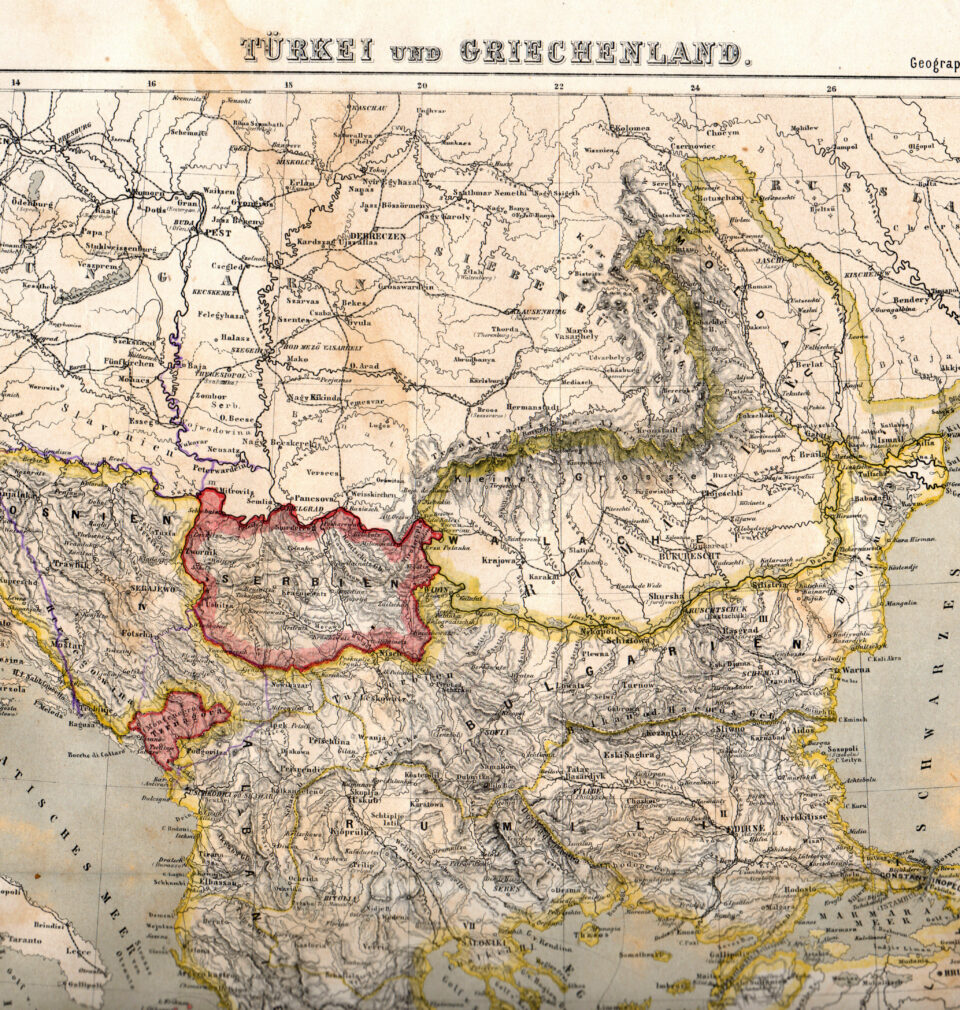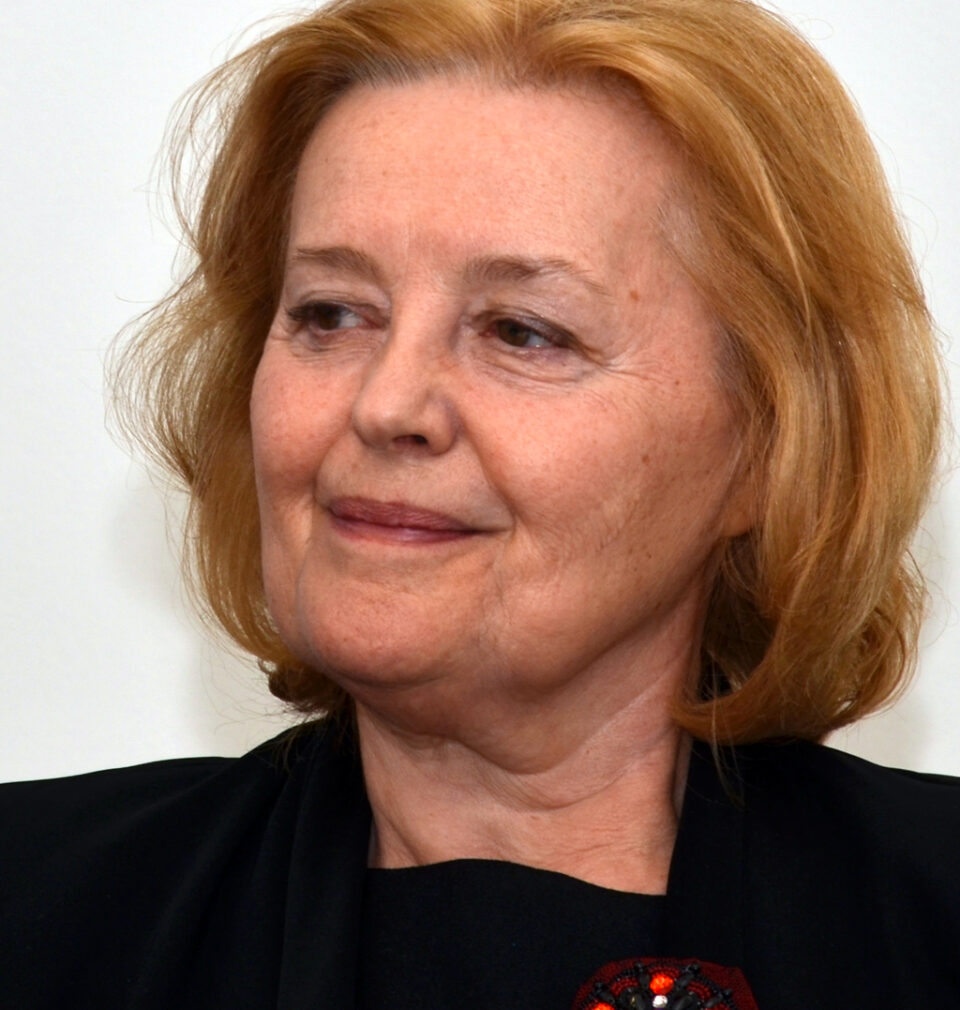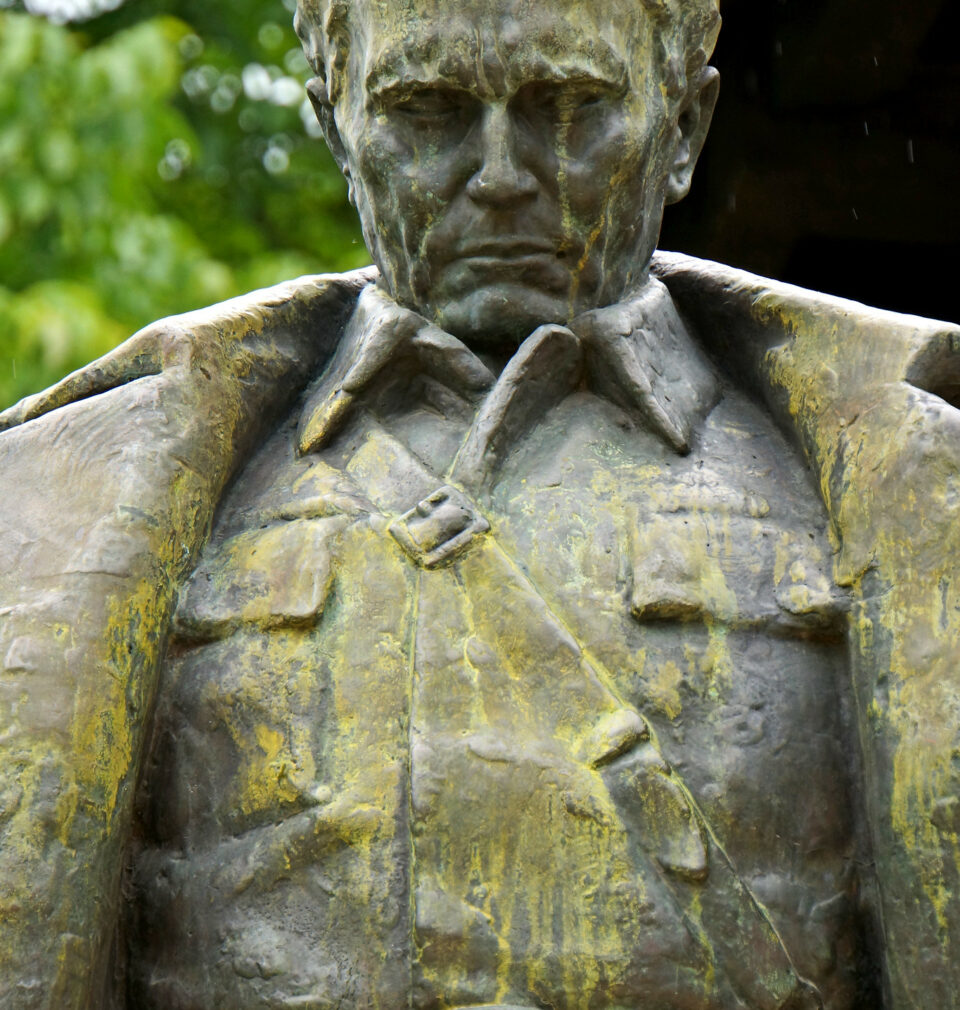
Stories From Countries Which Are no More
The Balkans’ Battle With Space
Publication: 13 October 2021
TAGS FOR THE ARTICLE
TO THE LIST OF ARTICLESThe Balkans is an uncomfortable reality because what happened on that peninsula could happen in many other corners of Europe: we all know this, but we refuse to acknowledge it. This is why we feel reassured by repeating that the situation in the Balkans is so peculiar that it is incomprehensible to outsiders, because the Balkan people are sort of barbarians with ancestral reciprocal hatreds that explain their bloody wars. But these arguments are nothing but false.
In his essay Gothic Woods, Mitja Čander[1], one of the most prominent Slovenian editors, confessed publicly that he is almost blind. I would like to use his personal “battle with space” as the point of departure for a wider reflection on our place in the world.
Čander has had to learn where the obstacles are – how to cross a street, how to find his way through the maze of an airport terminal – but in the end, his most important conclusion is that he simply can’t live without trusting in others.
A blind person simply cannot survive without it. He has to trust that a taxi driver or shop assistant will give him the right change, and that there will always be someone willing to show him to the correct door in an office building. Mitja Čander’s case is remarkable because of his attitude towards people who are unknown to him: being almost blind, he must have faith in others to survive.
This case illustrates the most valuable condition required to change old stereotypes of how to understand and deal with our neighbours: we have to change fear for trust.
France Prešeren, the 19th-century Slovenian national poet, wrote one of the most celebrated verses of Slovenian poetry: “behind the frontier there is a neighbour, not the devil”. Today, the poem containing this quote, called “The Toast”, has become the nation-al anthem of my country. However, a rather paranoiac view of our neighbours is still present in Europe. We haven’t succeeded in changing our attitudes from fear towards foreigners to love as the romantic poet, Prešeren, suggested. For many centuries, the relationship between the people of Europe was based on the suspicious attitude towards anyone coming from the outside, as if they were willing to take away our treasured goods and identity. We are used to thinking of our identity as if it were under constant threat. We must defend it, we must protect it, to preserve its authenticity. The Slovenian philosopher, Slavoj Žižek, who has succeeded in delivering his thesis to a global audience, says that our fears towards others make us feel greater than we actually are: if someone is willing to take our possessions from us, then our identity seems to be a more valuable asset.
And this is quite true. This paranoiac vision has continued to thrive with the construction of the European Union’s symbols. It is not unusual to think of Europe as a privileged island, the entrance to which requires an assessment of merits. Feeling Europe-an, and the desire to be European, is not a sufficient condition of being European. A European can only be someone who “deserves” it.
The pressure of North African immigrants willing to make their European dream come true is confronted with the reality of European governments enhancing the impenetrability of our outer borders. And the more they are protected, the more fragile the ships which plague the strait of Gibraltar or head towards Lampedusa are. Dead bodies appear on the beaches from time to time. And when finally some of these youngsters make their way to Spain, France or Italy, they bitterly discover that their new life has little to do with the dreams they imagined they would achieve on the other side of the Mediterranean.
This situation may sound familiar to those who are old enough to remember the world before the fall of the Berlin Wall. Western Europe also looked like a mythical paradise — but in most cases just turned out to be a disappointment.
Drago Jančar, another Slovenian writer, wrote his novel, Katarina, the turkey and the Jesuit[2], shortly before the accession of Slovenia to the EU in which he depicted the pilgrimage of Slovenian peasants to Cologne to adore the golden coffer of its cathedral. Let’s look at Jančar’s irony! The golden coffer of Cologne is the imaginary centre of the world, which in fact doesn’t exist and to which one can never arrive. The centre of Europe does not exist. The characters of Jančar’s novel are not more or less mature because they find treasure or fail to find it, but because they made a strenuous journey, and overcame the demanding proof of crossing the Alps, the mighty mountains that separated them from their neighbours.
If someone asked me what Central Europe is today, I would feel inclined to reply that it is a long quest to nowhere, because in fact, it is to learn how to live without having to escape, how to build relations based on trust and confidence, it is the difficult search of enduring relationships and how to avoid situations that can put those relationships at stake or even destroy them.
The Balkan Peninsula is nowadays still present in our minds as a maze of prejudice and topics. The war in the 1990s produced a real Gordian knot and the time has come to try to untangle it. It is not only necessary to know the historical facts well, but also to know and understand the reasons why so many aspects of those wars were a reflection of ideological discourses in the Balkans, as well as in Europe in general.
The Balkans is an uncomfortable reality because what happened on that peninsula could happen in many other corners of Europe: we all know this, but we refuse to acknowledge it. This is why we feel re-assured by repeating that the situation in the Balkans is so peculiar that it is incomprehensible to outsiders, because the Balkan people are sort of barbarians with ancestral reciprocal hatreds that explain their bloody wars. These arguments, however, are nothing but false. What caused the Yugoslav wars in the 1990s is a very European concept.
Industrialization brought with it the dream of a homogeneous society. Ernst Gellner[3] has asserted that advanced societies need to be homogeneous. Only with a larger market made of equal citizens can more progress be expected. The motto would be, therefore, “to homogenize to progress”.
The problem is, however, that Yugoslav people, especially the Serbs as well as the Croats, took this motto too literally and tried to eradicate their differences with all their might and with extreme violence: first they confronted their neighbours, and then tried to root out and destroy their differences from with-in their own communities. No opposition could be tolerated[4]. Everything became simplified: “Ours” is good, “theirs” is bad. With such a mentality of continued confrontation it is impossible to build any kind of common future. When paranoia takes hold of a com-munity, the results are devastating.
Tito’s Yugoslavia was a continued celebration of “the Victory”. The leaders never stopped recalling that we had won and how lucky we were to live in such a free, prosperous and happy country, bound by destiny to “brotherhood and unity”.
But the rhetoric of victory had disastrous consequences. All that belonged to the past could be used superficially, without having to pay any regard to the real sequence of causes and effects. The past’s only use was to demonstrate the origins of the victors. All that looked contradictory with this narrative had to be forgotten, pushed aside, hidden and forbidden[5]. Anything which could threaten the status quo was not even allowed to exist. Historical characters, facts and symbols can be pulled out of their context and turned into legends and myths. If communism struggled to re-write history so that all apparent causes and effects would converge in the inevitable victory of the revolution, the nationalism of Yugoslavia in the 1990s used the same mechanism but changed the heroes: only that which is “ours” is worth existing, all other pasts had to be destroyed. Literally destroyed![6] What, if not the aim of destruction, fuelled the terrible fury employed to wipe out Vukovar from the map, or to keep Sarajevo under the inhuman siege of bombs and snipers for many months? What was the use of shelling the old city of Dubrovnik or knocking down the Ottoman bridge in Mostar? What else but the literal destruction of memory could have been the premeditated purpose of the destruction of those cities?
Those soldiers fought against culture. Culture is always a hybrid, a mixture of influences, traditions and innovation. Culture cannot be built on the purity of blood: it is just not possible.
In front of an old painting, contemplating an old building or reading a text, we learn how complex is history. Cultural legacy, if we learn to read its complexity, teaches us how to change xenophobia to xenophilia. And like this, many of the influences and contributions which come from the outside are no longer a menace, but a catalyst for our own projects.
The analytical work we use to understand the causes and effects of the past are the only way of avoiding the blindness which dominated the western Balkans in the last decade of the 20th century. Understanding the past is always a fight against oblivion. We work to recover all that existed, to preserve things and memories. But we should not overlook the fact that the human mind can be deceitful, and that people and nations alike tend to forget everything that is painful or embarrassing. It could be said that memory also has its “blind spot” preventing us from seeing the complete picture. We must acknowledge that there may be embarrassing facts and things hidden behind the shady zones of our minds, and that need a special courage to face them. That is to say, the intellectual work of comprehending the past cannot only be used to recall that which made us great, important, and in some aspects, apparently even better than other people. We must employ a great deal more energy to know our weaknesses, the treasons, the historical mistakes of our community as a whole.
The more we are capable of understanding the complexity of our own legacy, the better we will also understand the complexities and values of other cultures. And the future, not only that of Central Europe, depends on the capacity to build connections with others; bridges enabling us and them to cross in both directions. Connecting the past with the present and the future is not a one-way street, but a dense network of relations.
The essay was written for the publication containing materials from the 1st Forum of Central European Heritage issued by the International Cultural Centre (English version). More information at www.mck.krakow.pl
***
[1] Mitja Čander, Kuvertirana poteza, Ljubljana 2008, pp. 77–83.
[2] Drago Jančar, Katarina, pav in jezuit, Ljubljana 2000.
[3] Ernst Gellner, „Nacionalism and the two forms of cohesion in complex societies”, Culture, Identity and Politics, Cambridge 1987, pp. 6–30.
[4] Senadin Musabegović, Rat. Konstrukcija totalitarnog tijela. Sarajevo 2008.
[5] Bogdan Bogdanović, Grad kenotaf. Zagreb 1993.
[6] Ivan Čolović, Politika simbola. Beograd 2000.
Copyright © Herito 2020



